Cover
Title Page
Copyright Page
Contents
Preface
Acknowledgments
GLOSSARY
Introduction
1. What is a Neural Network?
2. The Human Brain
3. Models of a Neuron
4. Neural Networks Viewed As Directed Graphs
5. Feedback
6. Network Architectures
7. Knowledge Representation
8. Learning Processes
9. Learning Tasks
10. Concluding Remarks
Notes and References
Chapter 1 Rosenblatt's Perceptron
1.1 Introduction
1.2. Perceptron
1.3. The Perceptron Convergence Theorem
1.4. Relation Between the Perceptron and Bayes Classifier for a Gaussian Environment
1.5. Computer Experiment: Pattern Classification
1.6. The Batch Perceptron Algorithm
1.7. Summary and Discussion
Notes and References
Problems
Chapter 2 Model Building through Regression
2.1 Introduction
2.2 Linear Regression Model: Preliminary Considerations
2.3 Maximum a Posteriori Estimation of the Parameter Vector
2.4 Relationship Between Regularized Least-Squares Estimation and MAP Estimation
2.5 Computer Experiment: Pattern Classification
2.6 The Minimum-Description-Length Principle
2.7 Finite Sample-Size Considerations
2.8 The Instrumental-Variables Method
2.9 Summary and Discussion
Notes and References
Problems
Chapter 3 The Least-Mean-Square Algorithm
3.1 Introduction
3.2 Filtering Structure of the LMS Algorithm
3.3 Unconstrained Optimization: a Review
3.4 The Wiener Filter
3.5 The Least-Mean-Square Algorithm
3.6 Markov Model Portraying the Deviation of the LMS Algorithm from the Wiener Filter
3.7 The Langevin Equation: Characterization of Brownian Motion
3.8 Kushner's Direct-Averaging Method
3.9 Statistical LMS Learning Theory for Small Learning-Rate Parameter
3.10 Computer Experiment I: Linear Prediction
3.11 Computer Experiment II: Pattern Classification
3.12 Virtues and Limitations of the LMS Algorithm
3.13 Learning-Rate Annealing Schedules
3.14 Summary and Discussion
Notes and References
Problems
Chapter 4 Multilayer Perceptrons
4.1 Introduction
4.2 Some Preliminaries
4.3 Batch Learning and On-Line Learning
4.4 The Back-Propagation Algorithm
4.5 XOR Problem
4.6 Heuristics for Making the Back-Propagation Algorithm Perform Better
4.7 Computer Experiment: Pattern Classification
4.8 Back Propagation and Differentiation
4.9 The Hessian and Its Role in On-Line Learning
4.10 Optimal Annealing and Adaptive Control of the Learning Rate
4.11 Generalization
4.12 Approximations of Functions
4.13 Cross-Validation
4.14 Complexity Regularization and Network Pruning
4.15 Virtues and Limitations of Back-Propagation Learning
4.16 Supervised Learning Viewed as an Optimization Problem
4.17 Convolutional Networks
4.18 Nonlinear Filtering
4.19 Small-Scale Versus Large-Scale Learning Problems
4.20 Summary and Discussion
Notes and References
Problems
Chapter 5 Kernel Methods and Radial-Basis Function Networks
5.1 Introduction
5.2 Cover's Theorem on the Separability of Patterns
5.3 The Interpolation Problem
5.4 Radial-Basis-Function Networks
5.5 K-Means Clustering
5.6 Recursive Least-Squares Estimation of the Weight Vector
5.7 Hybrid Learning Procedure for RBF Networks
5.8 Computer Experiment: Pattern Classification
5.9 Interpretations of the Gaussian Hidden Units
5.10 Kernel Regression and Its Relation to RBF Networks
5.11 Summary and Discussion
Notes and References
Problems
Chapter 6 Support Vector Machines
6.1 Introduction
6.2 Optimal Hyperplane for Linearly Separable Patterns
6.3 Optimal Hyperplane for Nonseparable Patterns
6.4 The Support Vector Machine Viewed as a Kernel Machine
6.5 Design of Support Vector Machines
6.6 XOR Problem
6.7 Computer Experiment: Pattern Classification
6.8 Regression: Robustness Considerations
6.9 Optimal Solution of the Linear Regression Problem
6.10 The Representer Theorem and Related Issues
6.11 Summary and Discussion
Notes and References
Problems
Chapter 7 Regularization Theory
7.1 Introduction
7.2 Hadamard's Conditions for Well-Posedness
7.3 Tikhonov's Regularization Theory
7.4 Regularization Networks
7.5 Generalized Radial-Basis-Function Networks
7.6 The Regularized Least-Squares Estimator: Revisited
7.7 Additional Notes of Interest on Regularization
7.8 Estimation of the Regularization Parameter
7.9 Semisupervised Learning
7.10 Manifold Regularization: Preliminary Considerations
7.11 Differentiable Manifolds
7.12 Generalized Regularization Theory
7.13 Spectral Graph Theory
7.14 Generalized Representer Theorem
7.15 Laplacian Regularized Least-Squares Algorithm
7.16 Experiments on Pattern Classification Using Semisupervised Learning
7.17 Summary and Discussion
Notes and References
Problems
Chapter 8 Principal-Components Analysis
8.1 Introduction
8.2 Principles of Self-Organization
8.3 Self-Organized Feature Analysis
8.4 Principal-Components Analysis: Perturbation Theory
8.5 Hebbian-Based Maximum Eigenfilter
8.6 Hebbian-Based Principal-Components Analysis
8.7 Case Study: Image Coding
8.8 Kernel Principal-Components Analysis
8.9 Basic Issues Involved in the Coding of Natural Images
8.10 Kernel Hebbian Algorithm
8.11 Summary and Discussion
Notes and References
Problems
Chapter 9 Self-Organizing Maps
9.1 Introduction
9.2 Two Basic Feature-Mapping Models
9.3 Self-Organizing Map
9.4 Properties of the Feature Map
9.5 Computer Experiments I: Disentangling Lattice Dynamics Using SOM
9.6 Contextual Maps
9.7 Hierarchical Vector Quantization
9.8 Kernel Self-Organizing Map
9.9 Computer Experiment II: Disentangling Lattice Dynamics Using Kernel SOM
9.10 Relationship Between Kernel SOM and Kullback–Leibler Divergence
9.11 Summary and Discussion
Notes and References
Problems
Chapter 10 Information-Theoretic Learning Models
10.1 Introduction
10.2 Entropy
10.3 Maximum-Entropy Principle
10.4 Mutual Information
10.5 Kullback–Leibler Divergence
10.6 Copulas
10.7 Mutual Information as an Objective Function to be Optimized
10.8 Maximum Mutual Information Principle
10.9 Infomax and Redundancy Reduction
10.10 Spatially Coherent Features
10.11 Spatially Incoherent Features
10.12 Independent-Components Analysis
10.13 Sparse Coding of Natural Images and Comparison with ICA Coding
10.14 Natural-Gradient Learning for Independent-Components Analysis
10.15 Maximum-Likelihood Estimation for Independent-Components Analysis
10.16 Maximum-Entropy Learning for Blind Source Separation
10.17 Maximization of Negentropy for Independent-Components Analysis
10.18 Coherent Independent-Components Analysis
10.19 Rate Distortion Theory and Information Bottleneck
10.20 Optimal Manifold Representation of Data
10.21 Computer Experiment: Pattern Classification
10.22 Summary and Discussion
Notes and References
Problems
Chapter 11 Stochastic Methods Rooted in Statistical Mechanics
11.1 Introduction
11.2 Statistical Mechanics
11.3 Markov Chains
11.4 Metropolis Algorithm
11.5 Simulated Annealing
11.6 Gibbs Sampling
11.7 Boltzmann Machine
11.8 Logistic Belief Nets
11.9 Deep Belief Nets
11.10 Deterministic Annealing
11.11 Analogy of Deterministic Annealing with Expectation-Maximization Algorithm
11.12 Summary and Discussion
Notes and References
Problems
Chapter 12 Dynamic Programming
12.1 Introduction
12.2 Markov Decision Process
12.3 Bellman's Optimality Criterion
12.4 Policy Iteration
12.5 Value Iteration
12.6 Approximate Dynamic Programming: Direct Methods
12.7 Temporal-Difference Learning
12.8 Q-Learning
12.9 Approximate Dynamic Programming: Indirect Methods
12.10 Least-Squares Policy Evaluation
12.11 Approximate Policy Iteration
12.12 Summary and Discussion
Notes and References
Problems
Chapter 13 Neurodynamics
13.1 Introduction
13.2 Dynamic Systems
13.3 Stability of Equilibrium States
13.4 Attractors
13.5 Neurodynamic Models
13.6 Manipulation of Attractors as a Recurrent Network Paradigm
13.7 Hopfield Model
13.8 The Cohen–Grossberg Theorem
13.9 Brain-State-In-A-Box Model
13.10 Strange Attractors and Chaos
13.11 Dynamic Reconstruction of a Chaotic Process
13.12 Summary and Discussion
Notes and References
Problems
Chapter 14 Bayseian Filtering for State Estimation of Dynamic Systems
14.1 Introduction
14.2 State-Space Models
14.3 Kalman Filters
14.4 The Divergence-Phenomenon and Square-Root Filtering
14.5 The Extended Kalman Filter
14.6 The Bayesian Filter
14.7 Cubature Kalman Filter: Building on the Kalman Filter
14.8 Particle Filters
14.9 Computer Experiment: Comparative Evaluation of Extended Kalman and Particle Filters
14.10 Kalman Filtering in Modeling of Brain Functions
14.11 Summary and Discussion
Notes and References
Problems
Chapter 15 Dynamically Driven Recurrent Networks
15.1 Introduction
15.2 Recurrent Network Architectures
15.3 Universal Approximation Theorem
15.4 Controllability and Observability
15.5 Computational Power of Recurrent Networks
15.6 Learning Algorithms
15.7 Back Propagation Through Time
15.8 Real-Time Recurrent Learning
15.9 Vanishing Gradients in Recurrent Networks
15.10 Supervised Training Framework for Recurrent Networks Using Nonlinear Sequential State Estimators
15.11 Computer Experiment: Dynamic Reconstruction of Mackay–Glass Attractor
15.12 Adaptivity Considerations
15.13 Case Study: Model Reference Applied to Neurocontrol
15.14 Summary and Discussion
Notes and References
Problems
Bibliography
Index
A
B
C
D
E
F
G
H
I
J
K
L
M
N
O
P
Q
R
S
T
U
V
W
Z
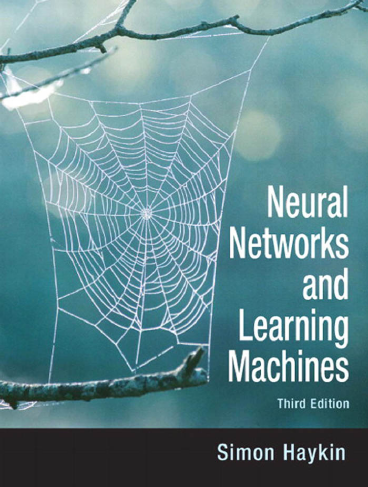
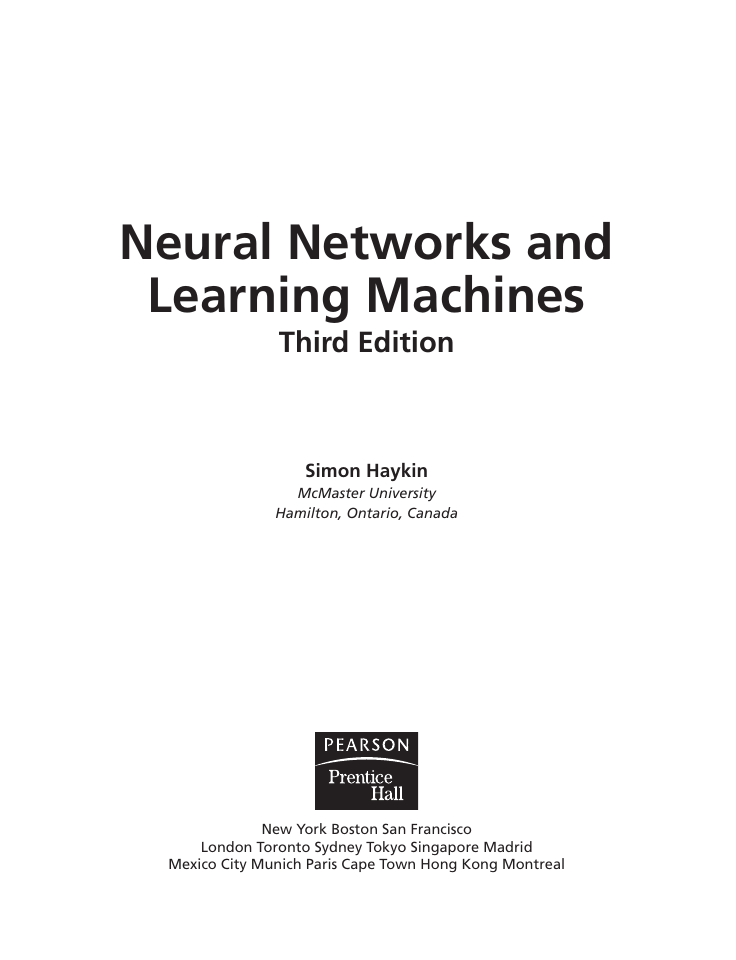
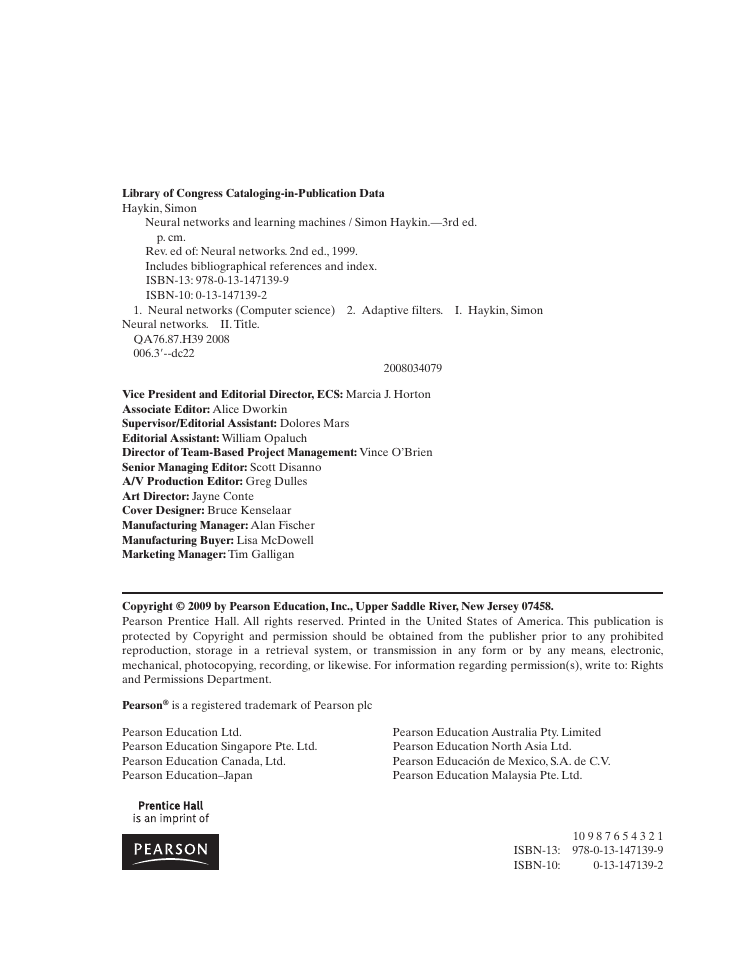


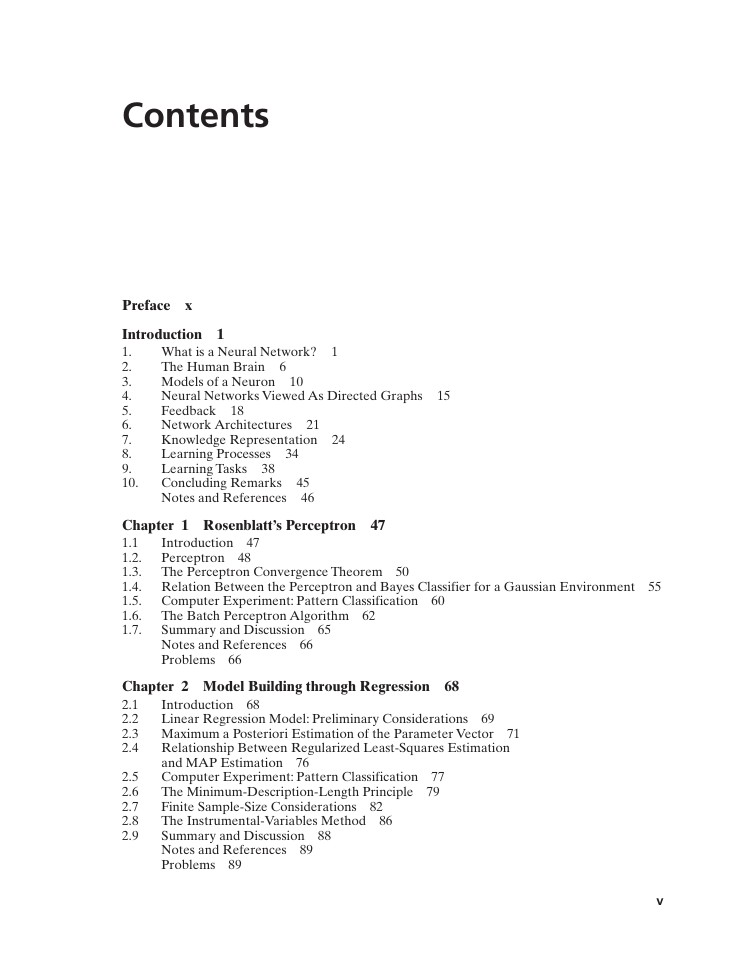
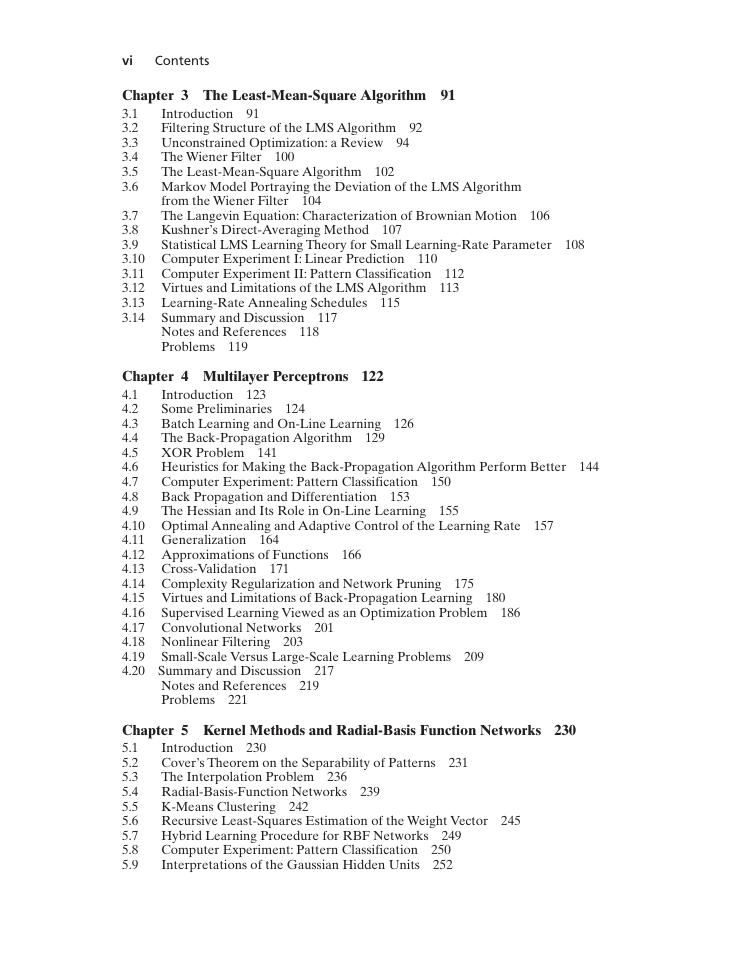
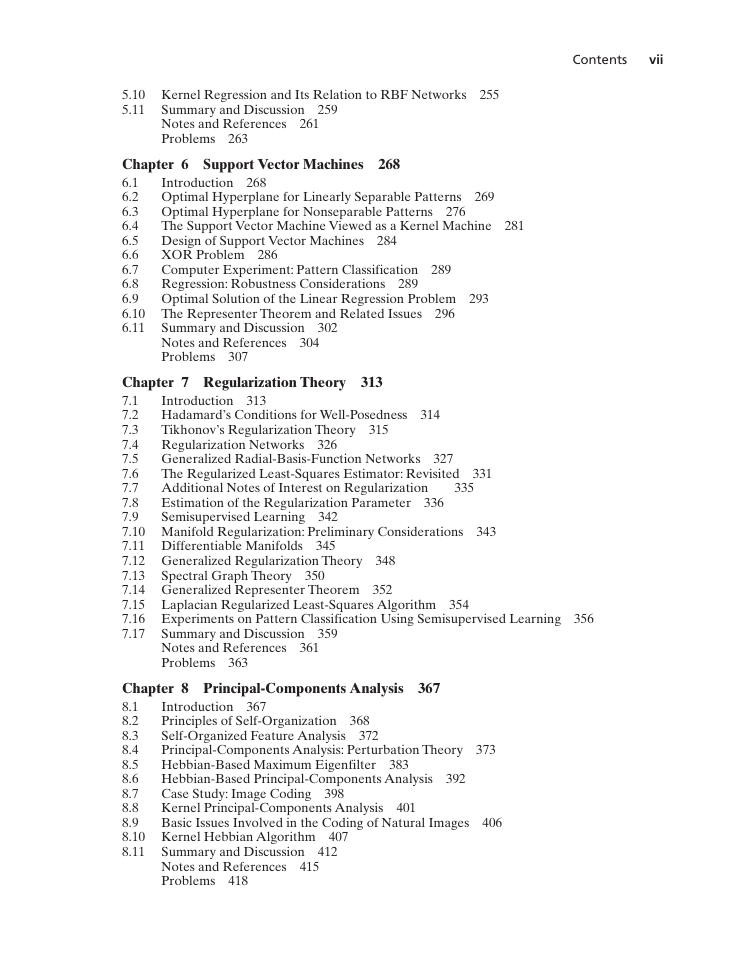








 2023年江西萍乡中考道德与法治真题及答案.doc
2023年江西萍乡中考道德与法治真题及答案.doc 2012年重庆南川中考生物真题及答案.doc
2012年重庆南川中考生物真题及答案.doc 2013年江西师范大学地理学综合及文艺理论基础考研真题.doc
2013年江西师范大学地理学综合及文艺理论基础考研真题.doc 2020年四川甘孜小升初语文真题及答案I卷.doc
2020年四川甘孜小升初语文真题及答案I卷.doc 2020年注册岩土工程师专业基础考试真题及答案.doc
2020年注册岩土工程师专业基础考试真题及答案.doc 2023-2024学年福建省厦门市九年级上学期数学月考试题及答案.doc
2023-2024学年福建省厦门市九年级上学期数学月考试题及答案.doc 2021-2022学年辽宁省沈阳市大东区九年级上学期语文期末试题及答案.doc
2021-2022学年辽宁省沈阳市大东区九年级上学期语文期末试题及答案.doc 2022-2023学年北京东城区初三第一学期物理期末试卷及答案.doc
2022-2023学年北京东城区初三第一学期物理期末试卷及答案.doc 2018上半年江西教师资格初中地理学科知识与教学能力真题及答案.doc
2018上半年江西教师资格初中地理学科知识与教学能力真题及答案.doc 2012年河北国家公务员申论考试真题及答案-省级.doc
2012年河北国家公务员申论考试真题及答案-省级.doc 2020-2021学年江苏省扬州市江都区邵樊片九年级上学期数学第一次质量检测试题及答案.doc
2020-2021学年江苏省扬州市江都区邵樊片九年级上学期数学第一次质量检测试题及答案.doc 2022下半年黑龙江教师资格证中学综合素质真题及答案.doc
2022下半年黑龙江教师资格证中学综合素质真题及答案.doc